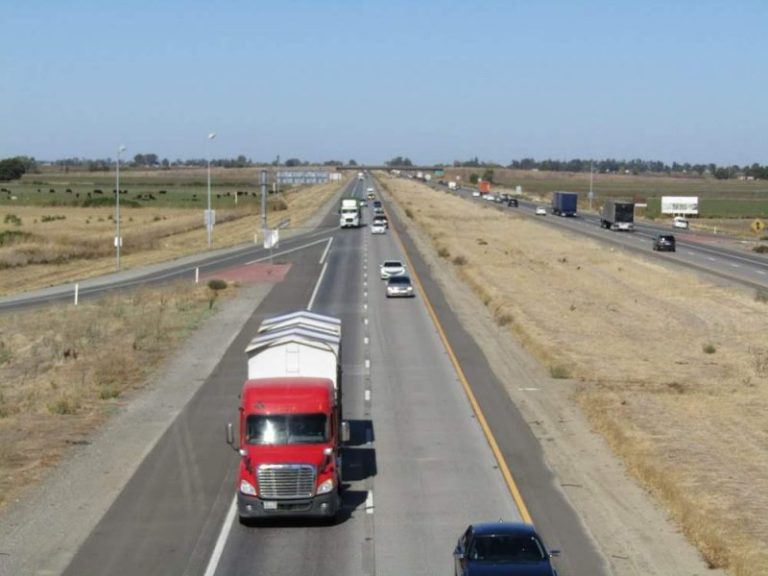What is Implied Assumption of Risk?
When you sign off on a document that details the risks associated with a location or activity and you accept those risks this is called express assumption of risk. In certain situations, a victim of an Arizona injury accident can still sue for compensation despite signing one of these waivers. When you have been injured in an accident and you believe you are owed compensation, let the experienced Arizona personal injury attorneys at ELG examine your case and provide you feedback. If you have a valid case, the Arizona serious injury attorneys at ELG will advise you on all of your options.
How is Implied Assumption of Risk Defined?
Express assumption of risk is easier for a defendant to make the case against because there is a written piece of evidence showing that a plaintiff knew the risks and exposed themselves anyway. Proving the implied assumption of risk is another story. There is no document signed with the plaintiff’s name saying that they knew the risks and accepted them. The case must be made that the plaintiff’s actions or behaviors suggested that they knew the risks but disregarded them. An attorney must prove that the plaintiff knew the risks with sufficient evidence.
In cases where there was criminal behavior that lead to harm against the plaintiff when behavior is initially voluntary but then is involuntary, and when the plaintiff suffers an injury from an event that is not foreseeable a defendant will be unable to make their case. The implied assumption of risk breaks down in two ways. The first is the primary assumption of risk where a person knows the potential of risk and they accept it. An example would be a person goes ice-skating and knows that there is the potential they can slip and fall and hurt themselves, but if they do fall they cannot sue. Secondary assumption of risk happens when the plaintiff knows about the risks associated with a defendant’s negligence, and while the defendant has a duty of care, the plaintiff still moves forward despite this knowledge. If a manager gives an employee a defective tool, and the employee knows it is defective but still uses it anyway and is hurt, the secondary assumption of risk may apply.
If you feel that you are owed compensation after an accident, it is important to discuss your case with a Phoenix personal injury attorney. In Arizona, a jury may determine one party has more liability than another party for an accident while assigning a percentage of liability to both parties. If you are worried that your case may involve the assumption of risk, the Arizona personal injury attorneys at ELG can tell you if the risk was assumed.
Speak with an Arizona Personal Injury Attorney Today
 If there is a level of assumed risk in your case that doesn’t mean that you cannot still obtain compensation. Your settlement amount may be lowered because of that risk, but under Arizona’s comparative negligence system it is possible to obtain compensation even if you are deemed to be 100% responsible for an accident. Call ELG’s Phoenix personal injury law firm at (623) 321-0566 to schedule your free consultation.
If there is a level of assumed risk in your case that doesn’t mean that you cannot still obtain compensation. Your settlement amount may be lowered because of that risk, but under Arizona’s comparative negligence system it is possible to obtain compensation even if you are deemed to be 100% responsible for an accident. Call ELG’s Phoenix personal injury law firm at (623) 321-0566 to schedule your free consultation.
Law News Feed
All NewsWho Is Liable for Damages After a Truck Accident?
According to information from the National Highway Traffic Safety Association, more than 2,500 truck accidents occur each year in Arizona. It goes without sayin…
Common Injuries After a Motorcycle Accident
Motorcycle accidents kill or severely injure individuals more frequently than any other type of crash, resulting in immense amounts of suffering and financial d…

